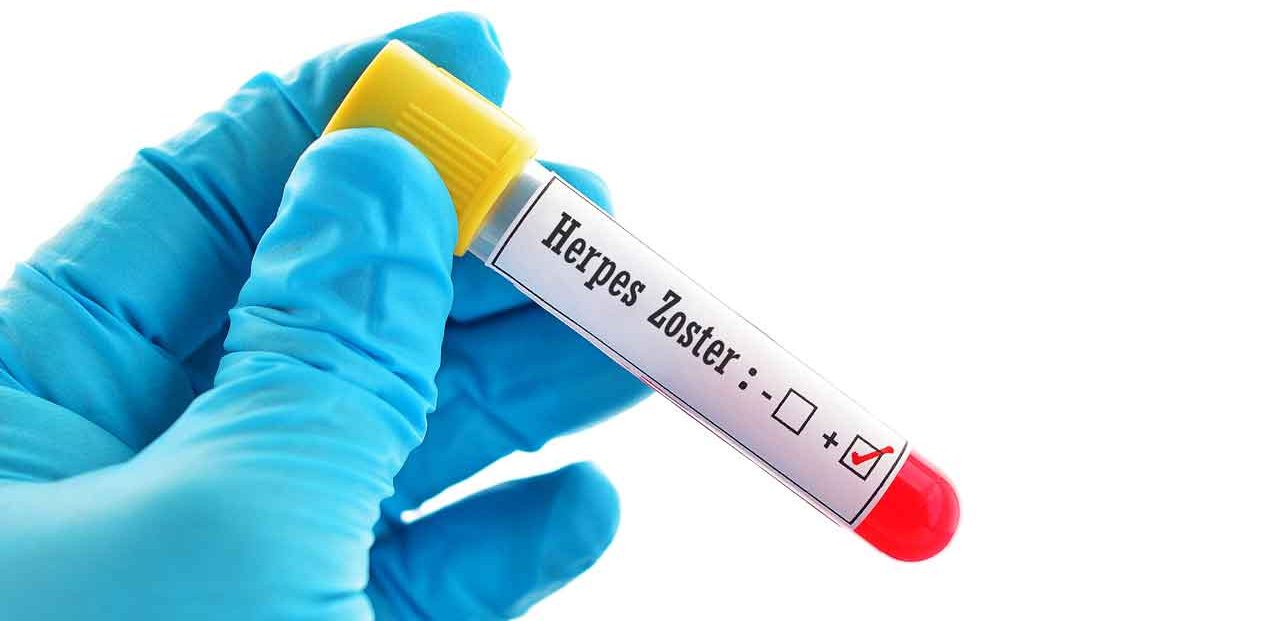How Do You Get Shingles?

How do you get shingles? The same virus that gave you chickenpox as a child can reactivate and cause shingles years later. Learning how to treat shingles can help you avoid complications.
If you or anybody you know has experienced shingles, you are probably aware the condition can be painful. Shingles often starts with burning, tingling pain, itching, or numbness. Then, a few days later, fluid-filled blisters break out, usually on one side of the body.
The blisters look a lot like the rash of chickenpox — and no wonder. Shingles (also known as herpes zoster) is caused by the varicella-zoster virus, the same virus that causes chickenpox. And anyone who has had chickenpox is at risk for shingles.
YOU MIGHT ALSO LIKE: Get the New Shingles Vaccine
Chickenpox is mainly a disease of childhood that spreads by touching or breathing in the virus particles that come from chickenpox blisters, possibly through tiny droplets from infected people that get into the air after they breathe, cough, or talk, according to the Centers for Disease Control and Prevention (CDC). On the other hand, shingles is primarily a disease of adults, especially those middle-aged and older.
And while it is caused by the same virus as chickenpox, how you get shingles from the varicella-zoster virus is different. You don’t “catch” it because the virus causes it is already in your body.
Updated:
March 26, 2020
Reviewed By:
Janet O’Dell, RN